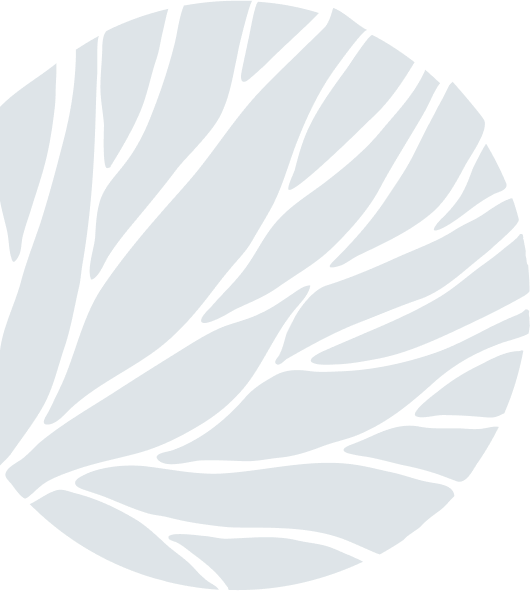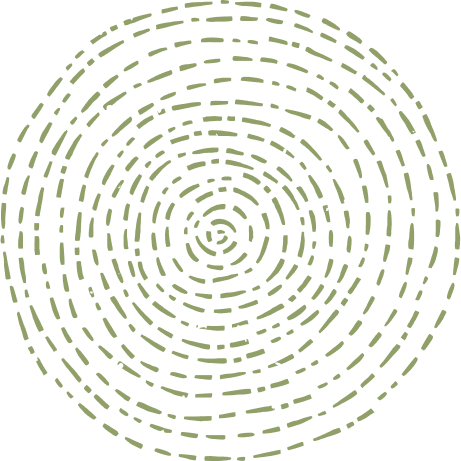Form Follows Function (Birds)
on Oct 03, 2023‘The father of modern American architecture’, Louis Sullivan, a famous architect of the late 1800’s stated that “…the purpose of a building should be the starting point for its design.” Now you might be wondering what this has to do with birds and the natural world. Well, the principle became known as “Form follows Function” and it can be applied to all things in the natural world in order to provide the reasoning behind why certain elements are the way they are. Let me explain using birds as examples.
Birds are a unique class of vertebrates. Unique in the way they move, breed, and communicate. These unique behaviours give us the answers as to why certain things are the way they are. For example – the shape of a bird’s bill represents its diet and way of foraging. Raptors have strong, hooked beaks with very sharp edges due to their diet of meat, which requires a lot of pulling and tearing. Woodpeckers possess very neat and narrow triangular bills. The triangular shape allows for a sharp point which makes drilling into wood a lot more energy efficient. The narrow shape further allows these birds to reach deep into the tiny holes they create, to snatch some grubs from within. The acrobatic Bee-eaters have slender, curved bills enabling them to not only snatch bees from the air with exceptional accuracy, but also provides a method of capturing bees whilst protecting the face from the painful stings.



Flight style… Also reflected in the shape of the wings of any bird. Swallows and Swifts possess relatively long, narrow sharp ended wings with feathers tightly packed. This design allows for long flights and extreme maneuverability at high speeds. Vultures have very long and broad wings, with large loosely arranged finger-like primary feathers at the end. The broad wing and primaries extending beyond the tip of the wing are what allow Vultures and other raptors alike to soar on air currents. Another example is short and broad, elliptical shaped wings such as the wings of Hornbills. Optimised for short flights and bursts of speed, this wing shape allows for quick maneuverability through branches, but the general flight is rather slow.



One is also able to tell from the shape of the feet of a bird what its lifestyle is like. The simplest example is the webbing between the toes of some aquatic birds which allows for great swimming capabilities, but it goes further. Birds that perch on branches and grass blades have a ‘regular’ foot shape consisting of three toes facing forwards and one facing back which allows for gripping. Birds such as Woodpeckers and Oxpeckers, however, do not perch, but rather hang and climb on the sides of trees and animals. Due to their lifestyle, these birds developed a different foot shape consisting of two toes facing forward and two facing backwards. Ground dwelling birds such as Spurfowl of Guineafowl do not perch or climb, and therefore have developed a foot shape with three toes facing forward and one backward, but the back toe is reduced and often situated higher up on the leg. This allows for easy walking as well as digging and scratching for food.


A very interesting example can be witnessed at Sabi Sabi, if one is lucky enough to be around a carcass of a deceased animal… Amongst the Vulture species found in South Africa there are larger species and smaller species. The large species, such as Cape Vultures, possess large, strong curved beaks but as the body size of the Vulture decreases so does the bill with the smaller species such as Hooded Vultures having very long and slender beaks. The reason behind the difference in beak shape, even though the diets are the same, is rather simple yet fascinating and well thought out. Large Vulture species dominate the carcass and chase smaller species off. This results in the large species often having access to larger pieces of meat that need ripping and tearing, hence the strong, curved beak. Once the large species are satisfied the smaller species have to scavenge for the little pieces of meat left between the bones, hence the long and slender beak which allows for picking titbits from the carcass.


The attention to detail when it comes to the natural design of organisms based on selective pressures experienced in everyday life is nothing shy of incredible. Every small detail and difference between seemingly similar organisms have a perfectly good reason for the difference. As guides we strive to immerse guests into nature, and it is through the intricate details that we achieve true immersion.
Blog by JP van Rooyen (Bush Lodge Ranger)







